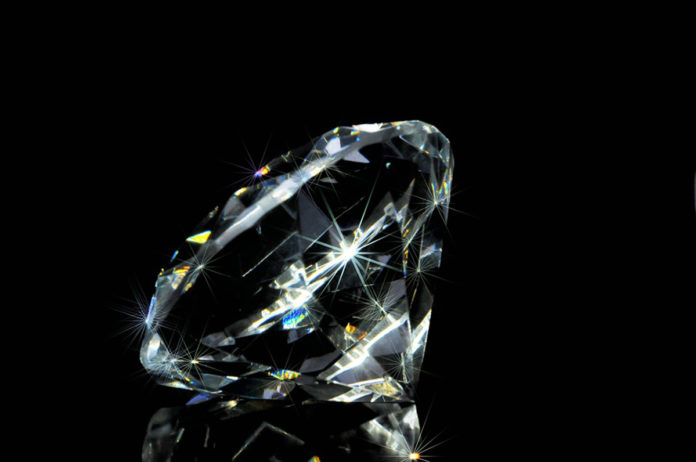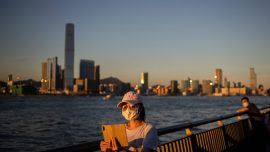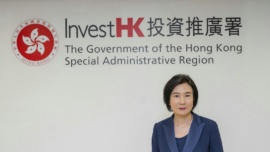As Hong Kong kicked off its International Diamond, Gem & Pearl Show on Tuesday, welcoming 1,900 exhibitors from 39 countries, the world’s diamond supply is about to peak, as noted by the Economist in the wake of the world’s highest earning diamond supplier De Beers opening up the largest new diamond mine in the world in more than a decade.
The company – which coined the phrase ‘a diamond is forever’ and set the trend for spending on diamond-laden wedding rings – accounts for one third of global sales, notes the magazine, a drop from the 45 per cent market share it occupied in 2007, but continues to be the market leader in earnings.
Although operating one store in the MSAR, the group is far from the only diamond provider in the city, with the local Statistics and Census Bureau (DSEC) data showing that a total of 2,648 diamonds were imported to the MSAR last year. These diamonds were classified as non-industrial, not mounted or set.
The total value of the diamonds hit MOP36.33 million (US$4.5 million) during the period and weighed about 2 kilograms.
Of the total amounted imported, 89.2 per cent of the diamonds originated in South Africa, home of De Beers, where it was founded in 1888.
However, the company, and the overall market, are about to face a problem given dwindling supply, which consultancy group Bain expects to peak in 2019, projecting that the supply of new diamonds will fall by 1 per cent to 2 per cent every subsequent year until 2030.
A girl’s best friend
In 2016, in the MSAR, the result had yet to be felt as the MOP34.82 million-worth of diamonds imported from South Africa (2,361 diamonds) joined MOP1.16 million-worth from India (220 diamonds), MOP199,614-worth from the Seychelles (25 diamonds) and MOP55,00-worth imported from the Mainland (37 diamonds).
Hong Kong also saw two-way trade in diamonds with the MSAR, with five diamonds, worth MOP101,789, making their way from the HKSAR to Macau.
By far more expansive was the local territory’s re-export of the non-industrial non-mounted diamonds to the HKSAR, which reached MOP9.75 million over the course of the year, corresponding to 190 diamonds.
Given different methods of classification, the data from the Census and Statistics Department of Hong Kong reveals the larger extent of the trade level of the product from the MSAR to the HKSAR, with ‘non-industrial, otherwise worked but not mounted or set’ diamonds imported last year worth MOP72.58 million, with a total of 88 diamonds imported from January to December.
This is just a fraction of the HK$135.43 billion-worth of diamonds imported to the HKSAR last year, corresponding to 18.99 million diamonds during the period, the majority of which, or 11.12 million diamonds, originated in India. These diamonds were worth HK$60.26 billion, much higher than the second largest importer in value and quantity, the United States, which imported HK$14.23 billion into the HKSAR in 2016, amounting to 1.85 million diamonds.
Diamond suppliers in the territories will need to continue to hold events such as the neighbouring city’s International Diamond, Gem & Pearl Show, prompting demand for the luxury item in ever shorter supply.
























